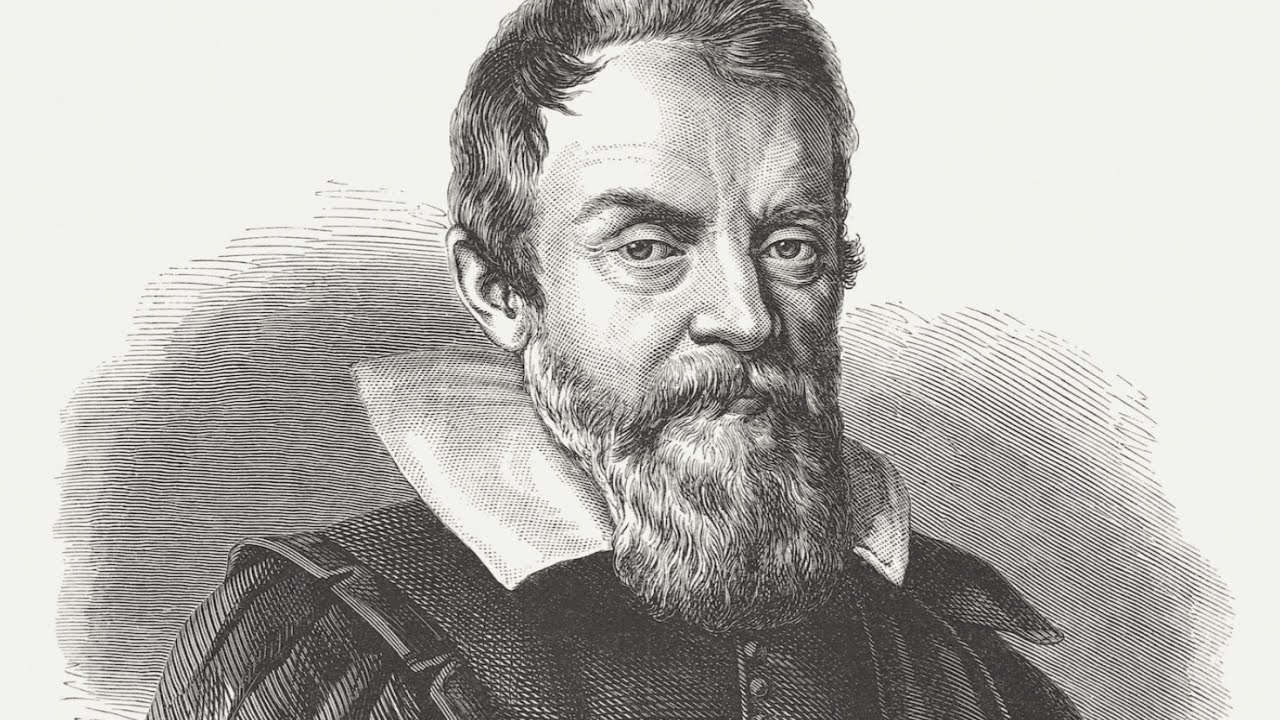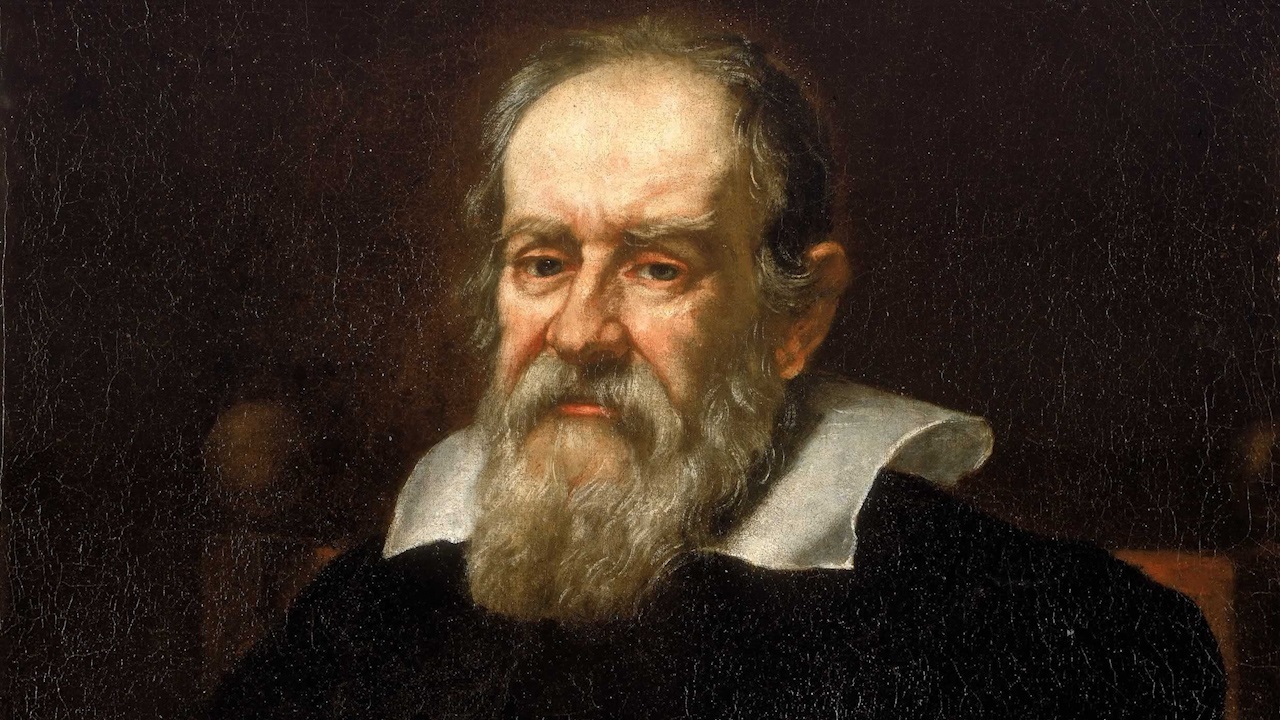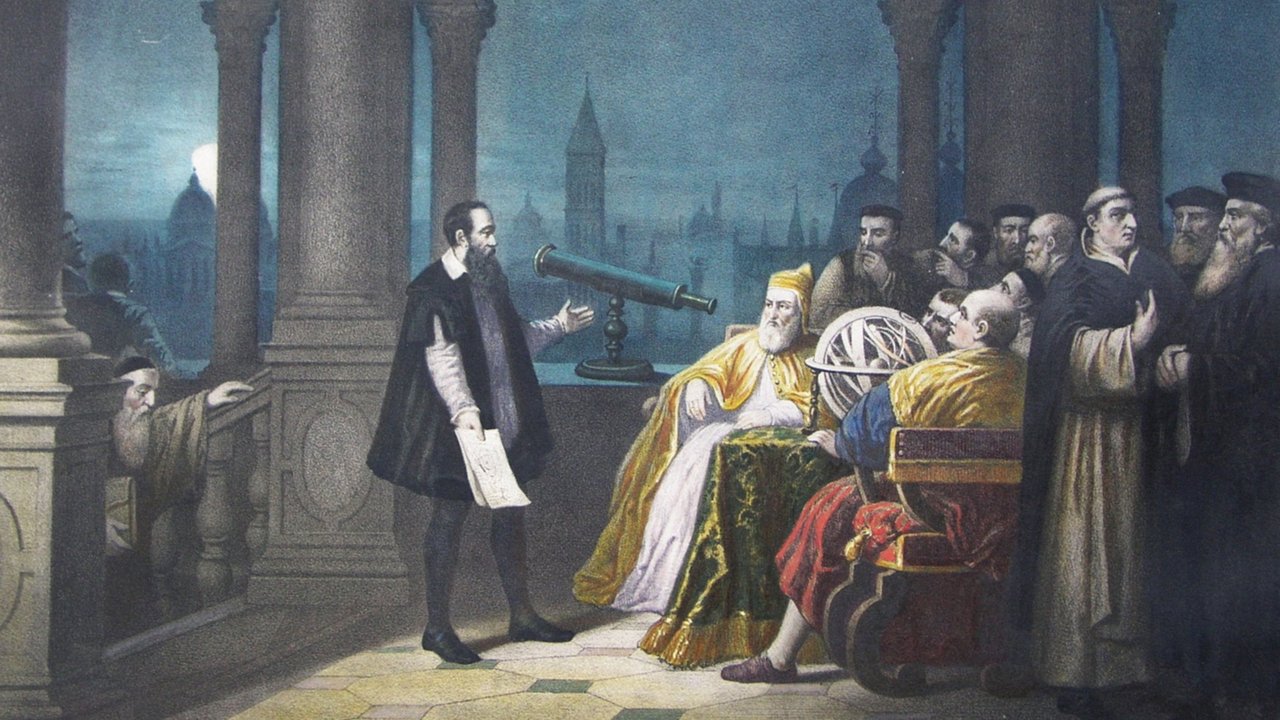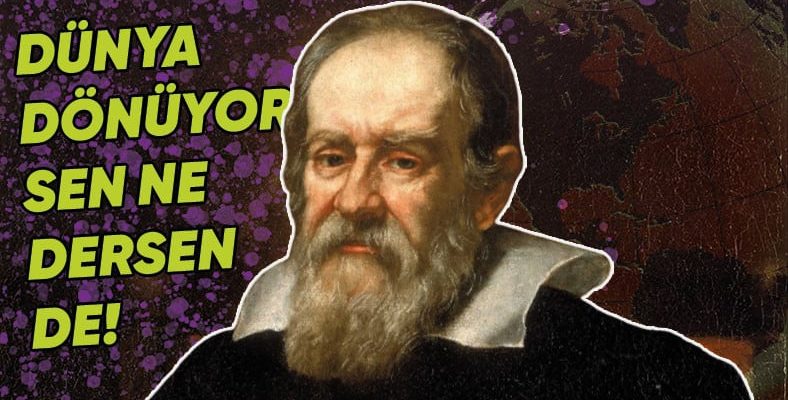Galileo Galilei, who we know as he was tried by the inquisition because he said that the Earth revolves around the Sun, is known as the father of modern physics thanks to his studies. Let’s take a closer look at Galileo Galilei’s life and see his work that has made him a legend for the scientific world.
Some facts that are considered indisputable for the scientific world today were considered heresy a few centuries ago. One of the most striking examples of this situation is the trial of Galileo Galilei by the inquisition. Galileo Galilei at a time when the Earth was thought to be at the center In fact, he was the first to say that the Earth revolves around the Sun.
Galileo Galilei is known as the father of science and the father of modern physics, as he worked in many different scientific fields throughout his life and laid the foundations of today’s scientific world. At a time when everyone believed in church dogmas, he was the one who set his eyes on the sky and even invented a telescope for it. Who is Galileo Galilei, let’s take a closer look and let’s see the important scientific work he did throughout his life.
Who is Galileo Galilei? A child who started to question life at a young age:
Galileo Galilei was born on February 15, 1564 in the city of Pisa, within the borders of the Duchy of Florence. His father was a musician who played the instrument called the lute. Although his father was a musician It gave Galileo important skills such as questioning authority, experimenting, examining musically, and using mathematics.
Quite ironically considering his later life with the church, Galileo Galilei originally wanted to become a priest when he was young, but his father directed him into medicine. His life changed with the first math lesson he took at school. Realizing that he was passionate about mathematics and geometry at that moment, Galileo persuaded his father to leave the medical department.
Galileo Galilei was engaged in both science and art during this period. He made many painter friends and He began to give lectures on fine arts. He gave lectures in fields such as geometry, mechanics and astronomy at the University of Padova, where he started teaching in 1592, and also made many experimental studies.
He laid the foundation for the heliocentric model with the theory of the tide:
It is mentioned in previous studies that there is not enough evidence for Earth movement. If Galileo Galilei tidal movements actually discovered that it was formed precisely by the speed of the Earth as it revolved around the Sun, and he talked about this theory in his book Dialogue About the Two Major Earth Systems.
Of course, this theory was not true. and it was proved to be wrong both during and after. According to Albert Einstein, the only reason someone like Galileo Galilei would come up with such a false theory was a childlike desire to prove Earth motion. Galileo also rejected Kepler’s theory of elliptical orbits during this period.
It was Galileo Galilei’s idea to use the telescope for astronomical observations:
The first telescope, albeit simple, was invented in 1608. Galileo Galilei, examining the telescope patent designs, should first magnify 3x and then Developed a version with 30x magnification. These versions could be used both to study objects up close and to study the sky. Galileo Galilei made good money on these telescopes.
Of course, the purpose of this invention was scientific, not commercial. In his observations with a telescope He discovered the four moons of Jupiter. He also discovered the phases of Venus, the rings of Saturn and the planet Neptune during this period. In particular, the discovery of Jupiter contradicted Aristotle’s world-centered theory, but when he proved it, he literally turned into a hero.
Engineering and physics work appreciated:
Galileo Galilei was working in the fields of engineering and physics when he was not staring at the sky. The military compass he invented was revolutionary for his era. Working with a geometric system, this compass calculated how much gunpowder should be used according to the type of gunpowder and the type of cannonball.
It is estimated that Galileo Galilei, who also invented a thermometer and a simple microscope in the following years, was the first to discover the frequency of sound, although it is not certain. He also made studies of measuring the speed of light. however, this was not possible under the conditions of the period. Nevertheless, the Galilean Immutability, which he revealed, became the basic building block of the scientific world in the following years.
Finally he got into trouble with the inquisition:

The theory of heliocentrism put forward by Galileo Galilei was actually known even in 300 BC. Even the pope at one time regulated the calendar accordingly, but After the 30 Years’ War the papacy felt that the world-centred theory was more biblical.
When the heliocentric writings of Galileo Galilei came to the inquisition in 1615, actually accused of reinterpreting the Bible. According to the Inquisition, the heliocentric theory was both scientifically incorrect and heretical. Galileo Galilei was given strict orders not to write such things again.
When he defied the Inquisition, he ended up in prison:

Galileo Galilei said nothing about the heliocentric theory for many years, but when the cardinal was changed in 1623 decided to revive this idea. The Pope did not object to this idea at first either, but when he made the character who spoke the words of the pope look like a fool in his book, he got into trouble again.
In 1633, Galileo Galilei testified before the inquisition. Galileo defended his thoughts to the end despite the threat of torture and said that this was not an insult to the Bible. But still He could not escape from being placed under house arrest and being banned from his book. In a story about the incident, after being sentenced, ‘But he still returns.’ It is said that he said something like that, but it is not known for certain whether he said such a thing.
Galileo Galilei died as an underappreciated scientist:

Galileo Galilei, who was sentenced to house arrest, both accepted his visitors and continued his work, albeit quietly. He died on January 8, 1643, at the age of 77. Although a mausoleum was wanted to be built for him, it was rejected by the pope. The monument he deserved was erected in 1737.
Galileo Galilei’s ban was lifted in 1718, years after his death. In 1741, a book containing some of his works was republished in a censored form. It was only in 1978 that the ban on Galileo Galilei’s book advocating heliocentrism was lifted.
accused of saying that the earth revolves around the sun Who is Galileo Galilei, nicknamed the father of science? We shared important details about his life and work by answering the question. One wonders whether to laugh or cry when we consider that the Church did not accept that the Earth revolved around the Sun for hundreds of years.
